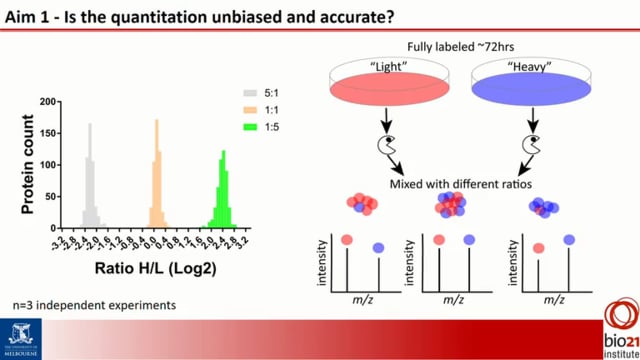ASTMH 2017, Tuo Yang: “Capturing differential protein turnover dynamics in Artemisinin resistant Plasmodium falciparum using pulse-SILAC”
Collaborator(s): University of Melbourne (UoM), Australia
Published: 08/11/2017
In collaboration with ASTMH, Image Audiovisuals, and session presenters, MESA brings you this webcast from the 66th ASTMH annual meeting in Baltimore, November 2017
Title: “Capturing differential protein turnover dynamics in Artemisinin resistant Plasmodium falciparum using pulse-SILAC”
Speaker: Tuo Yang, University of Melbourne, Australia
Session information:
Symposium 0119: “Malaria: Advances in Modeling and Technology for Malaria”
Wednesday, 8 November, 8:00 – 9:45 AM, Convention Center – Ballroom I (Level 400)
Abstract:
Malaria caused an estimated 438,000 deaths in 2015. Although the first-line antimalarial – artemisinins (ARTs) – have contributed to decreased mortality rates, ART resistance is a major threat. Several lines of evidence indicate that artemisinin resistance is mediated, at least in part, by altered protein turnover dynamics. To investigate how ART-resistant parasites are capable of overcoming artemisinin-induced toxicity we developed a pulse-SILAC (stable isotope labeling amino acid in cell culture) approach that is capable of quantifying the rates of protein synthesis, degradation and turnover across the proteome. We observe that following ART exposure, both sensitive and resistant lines have impaired protein turnover that affects all detectable proteins. However, ART-resistant lines begin recovering protein synthesis after 12 hours post drug exposure with increased turnover of proteins associated with protein folding, translation and response to oxidative stress. This difference in parasite recovery at 12-18 hours post-artemisinin treatment was independently validated with a firefly luciferase reporter assay. Here we present how this novel triplex pulse-SILAC approach can provide insight into investigating protein turnover dynamics across the intra-erythrocytic developmental cycle for artemisinin-resistant parasites. These findings indicate that long-lasting endoperoxides should overcome artemisinin resistance and we present our evidence for the enhanced efficacy against ART-resistant parasites of OZ439, an endoperoxide with enhanced pharmacokinetics.
THEMES: Basic Science | Drug Resistance



